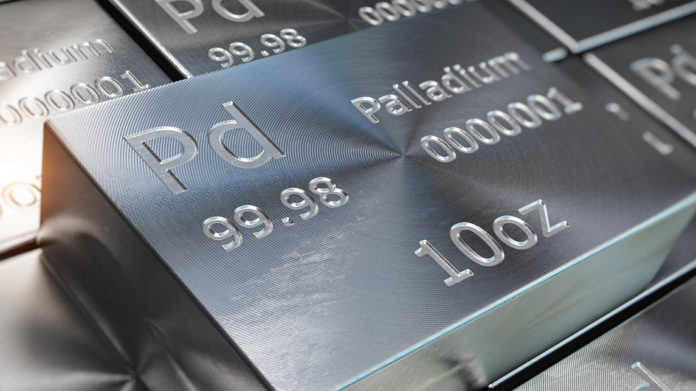
THARISA is forecast to double its cash flow with the commissioning its $55m ‘Vulcan’ chrome processing unit in 2022, but it’s in Zimbabwe where it will get a shot at the portfolio transformation CEO Phoevos Pouroulis says is his long-term target for the company.
Karo Platinum, in which Tharisa has a 26.8% stake, has the development rights over a platinum group metal (PGM) prospect in Zimbabwe containing 96 million ounces. It has the potential to double Tharisa’s PGM production – to approximately 300,000 ounces a year in its first phase – but will require $300m in capital outlay (on a 100% basis).
Currently, the project is tied up in Zimbabwe’s government – “a bit of bureaucracy”, says Pouroulis – that ought to be resolved next year, possibly in the first quarter. Thereafter, Tharisa will exercise an option to increase its stake, likely to be in excess of 50.1%. Then begins a 24 month construction schedule.
“We’re looking at an open pit mine with a rapid development and similar sized to what we have at Tharisa in PGM output. Being open pit and a good prill split in Zimbabwe, it is very exciting for us,” says Pouroulis.
Tharisa on Thursday reported full year share earnings to end-September of 38.3 US cents, a year-on-year increase of 127% owing to vastly improved PGM prices, rhodium especially. One question though is whether Karo misses the PGM cycle, especially as the project has exposure to palladium. The metal is off its price peak this year amid expectations of its substitution with platinum in autocatalysts manufacture.
“Karo has very good base metal content which talks squarely to the battery electric vehicle drive-train,” says Pouroulis. “Where you might lose out on palladium you gain on the others.”
Pouroulis thinks the PGM market will remain in strong for the next five years. That’s more bullish than investment analysts such as RMB Morgan Stanley which said in a November 17 report the PGM market would be in balance from as early as 2023 before tipping into a surplus by 2026. “We’ve got great belief in the hydrogen economy and we believe that platinum group metals will play a vital goal in the zero emission energy solution,” says Pouroulis.
“I don’t see the internal combustion engine falling off the end of the earth. The hybrid drive train seems to be the solution before you can electrify the mining fleet. As an interim step you see these more accessible technologies being rolled out. There are natural limitations, so there will be a balance and a blend of technologies.”
Mergers and acquisitions
In addition to the unveiling of the Karo Platinum project this year, Tharisa will have first production from Salene Chrome in Zimbabwe. While not a game-changer, Salene represents “boots on the ground” in Zimbabwe. That will prove useful experience as the full scope of Karo Platinum is rolled out.
Pouroulis in his full year results commentary also alluded to broader company diversification, firstly through growing the customer base for PGMs (from two to as many as 50), and through the development of chrome products to reduce the firm’s exposure to sales in China and Indonesia. This will be done through the firm’s beneficiation site.
There’s also potential diversification through mergers and acquisitions. “We are open to looking at other commodities and other territories and fulfilling our objective of becoming a diversified miner,” Pouroulis says.
“We have assessed and looked at many opportunities and not pulled the trigger on them.” The firm is looking for greenfields and brownfields base metals and critical metals prospects, especially in Zimbabwe, as well as manganese and iron ore in the Northern Cape province.
“Our strength is taking grassroots and greenfields projects up the value curve,” says Pouroulis. “We could play a vital role particularly in South Africa where few developers and explorers.”











